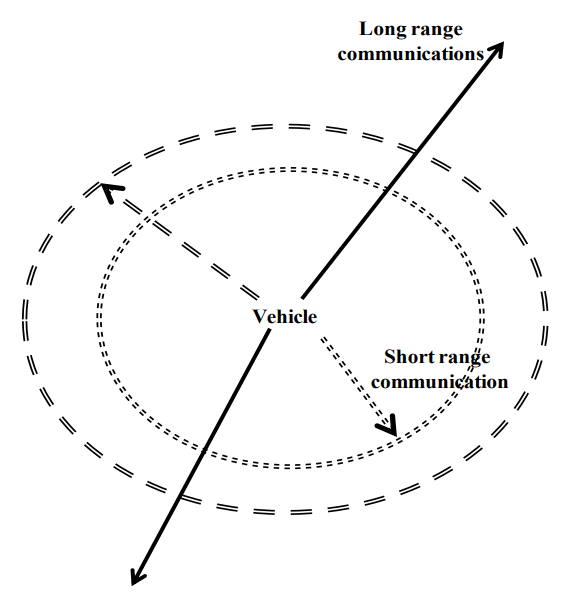This invention focuses on enhancing personal safety during public transportation by introducing a remotely configurable panic button system. The system enables users to pre-define safety alerts and emergency response actions via long and short-range communication technologies such as cellular, Wi-Fi Direct, Bluetooth, and ZigBee. It supports real-time alarm setup and monitoring through mobile applications, and ensures that emergency signals can be sent to multiple destinations, including emergency services and nearby vehicles, even if the user is unable to physically activate the button.
Conventional panic buttons in public transport rely solely on manual activation by the user during emergencies. This becomes ineffective if the user is incapacitated or unable to react quickly. Additionally, traditional systems usually notify only a single authority, which leads to delays and inefficient emergency handling. Furthermore, the functionality of the panic button cannot be verified or configured remotely, risking failure in critical moments due to unnoticed malfunctions or misconfigurations.
- Remote Configuration of Panic Button: The user can set up, update, or reconfigure panic button alarms using a mobile app from anywhere, even before or during the ride.
- Multi-Network Emergency Alert System: Emergency signals are transmitted through both long-range (cellular, internet) and short-range (Wi-Fi Direct, Bluetooth, ZigBee) communication to ensure reliable delivery and quick local response.
- Real-Time Monitoring and Reconfiguration: The panic button status can be checked remotely at any time, and alerts can be updated in real-time, offering flexibility and control during a trip.
- Automatic Alert Dispatching: The system can send alerts to call centers, emergency contacts, and nearby vehicles, which accelerates the emergency response and enhances safety.
- Tamper and Fault Detection: If the panic button is found to be non-operational (e.g., due to tampering or malfunction), the system proactively sends alerts to authorities or support centers.
The prototype includes a configurable panic button integrated with GPS and dual-mode (short and long-range) communication modules. It is controlled by a microcontroller and linked to a mobile app for real-time alarm setup and monitoring. Emergency alerts are triggered manually or remotely and sent to predefined contacts and nearby responders.
The process is well-defined and technically complete, with detailed system design and functional workflows. It is ready for prototyping or integration, though no physical deployment is indicated yet. The patent has already been granted by Indian Patent Office.
4
This innovation greatly enhances public safety, especially for vulnerable commuters such as women, children, and elderly individuals. By offering users the ability to configure safety protocols in advance and enabling multi-channel emergency communication, the solution addresses growing concerns of harassment, assault, and other crimes in public transport. It empowers both passengers and authorities to act swiftly and decisively in emergencies, potentially saving lives and deterring criminal activity.
- Public Transport Safety: In buses, taxis, metro trains, trams, etc.
- Fleet and Logistics Management: For companies needing driver/passenger safety features
- Emergency Response Systems: Integration into smart city surveillance and 911-like services
- Cab Aggregator Platforms: Like Uber, Ola, etc., to embed in their ride management apps
- School and College Transport: For safer commutes of students
- Corporate Transport Services: Especially for night shifts or female employees
Geography of IP
Type of IP
732/MUM/2015
416383

